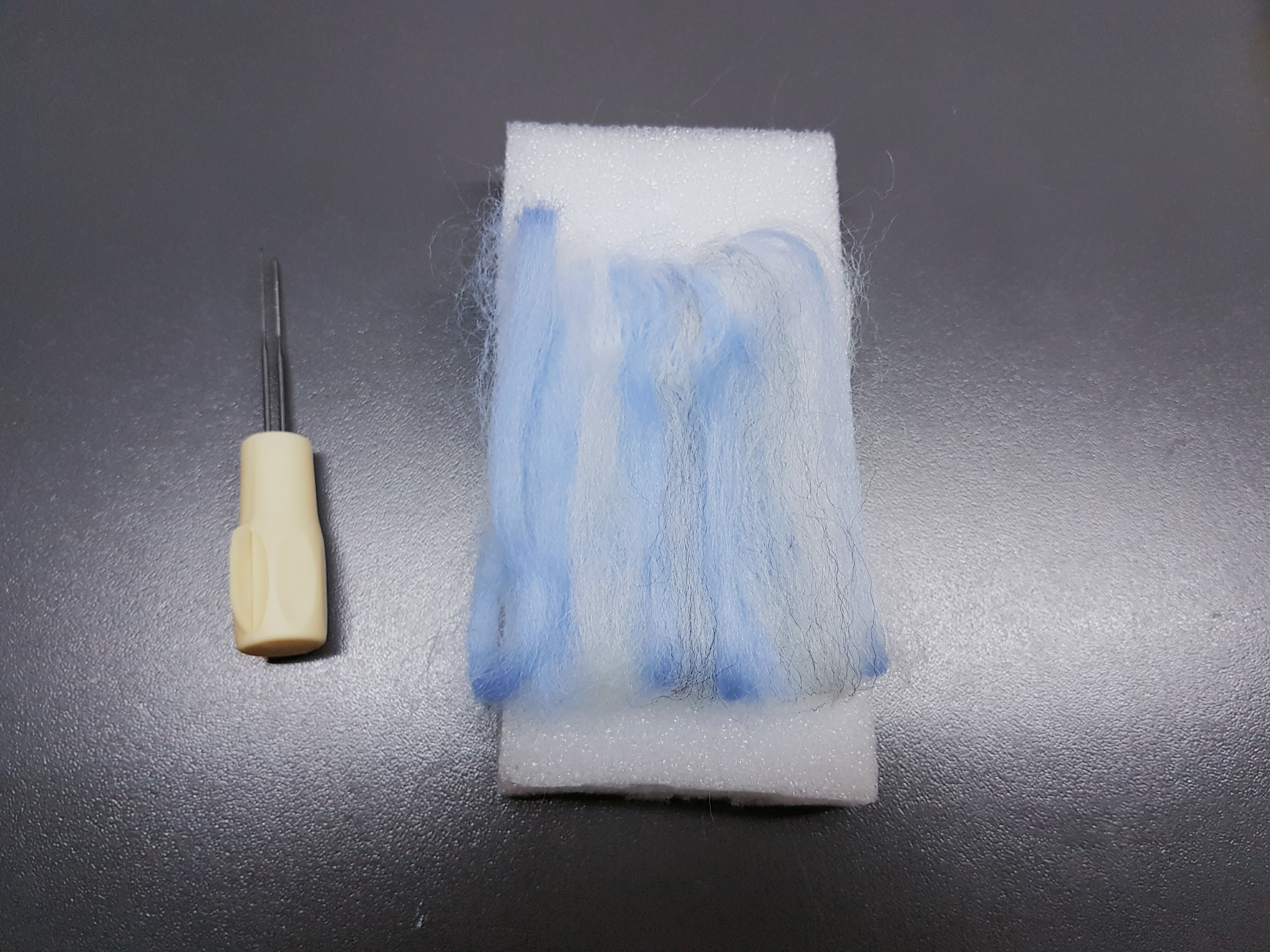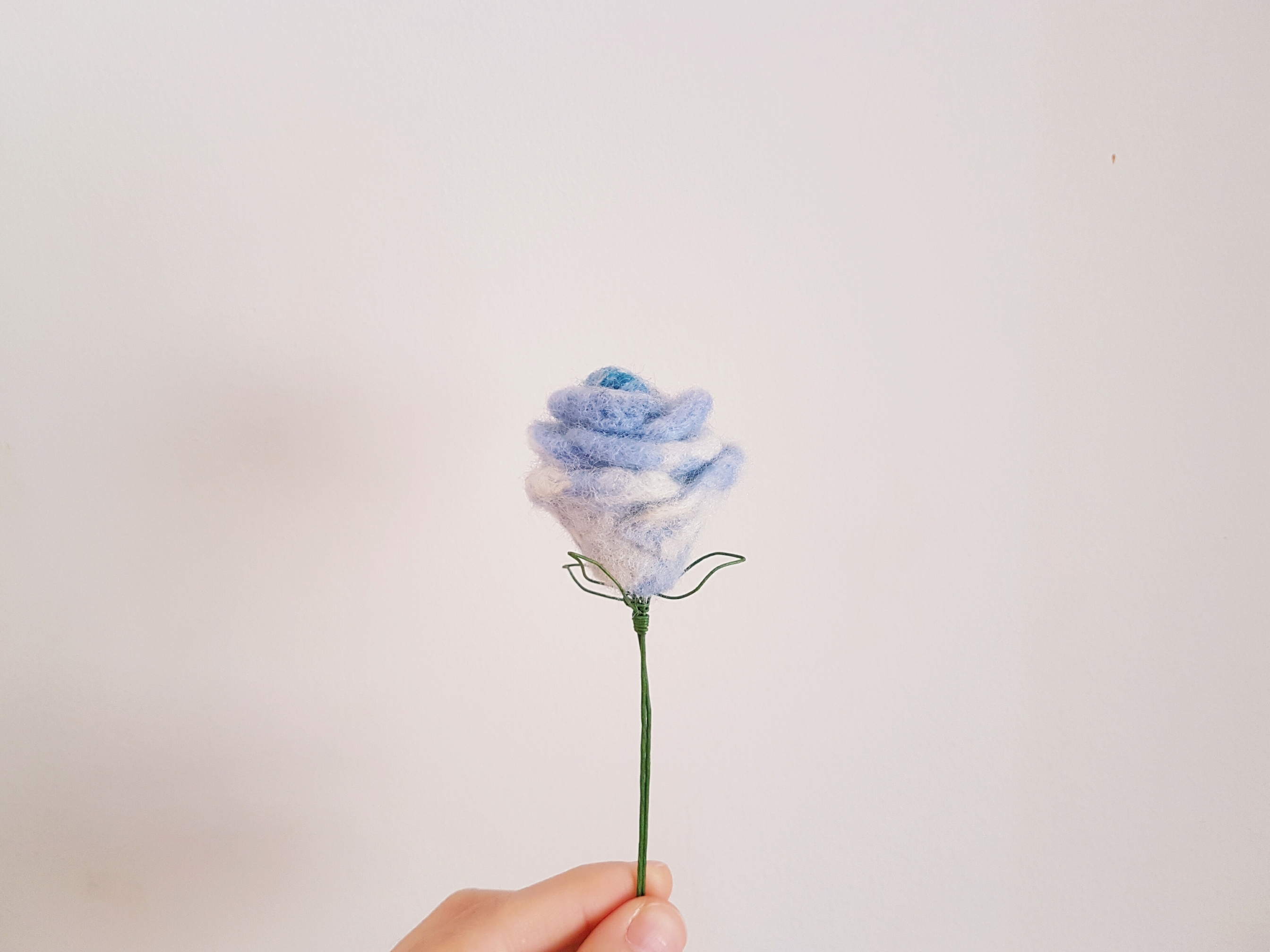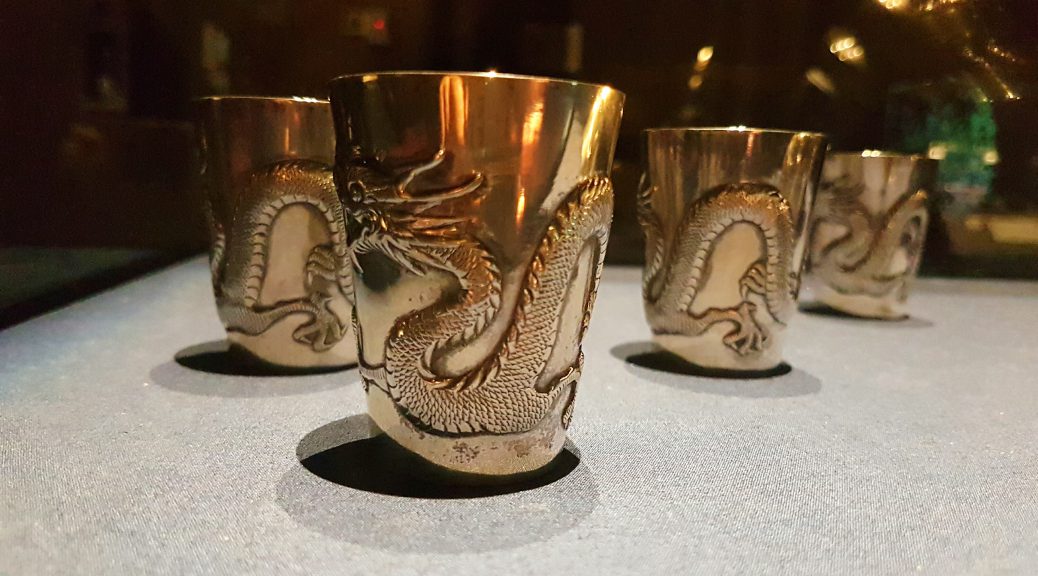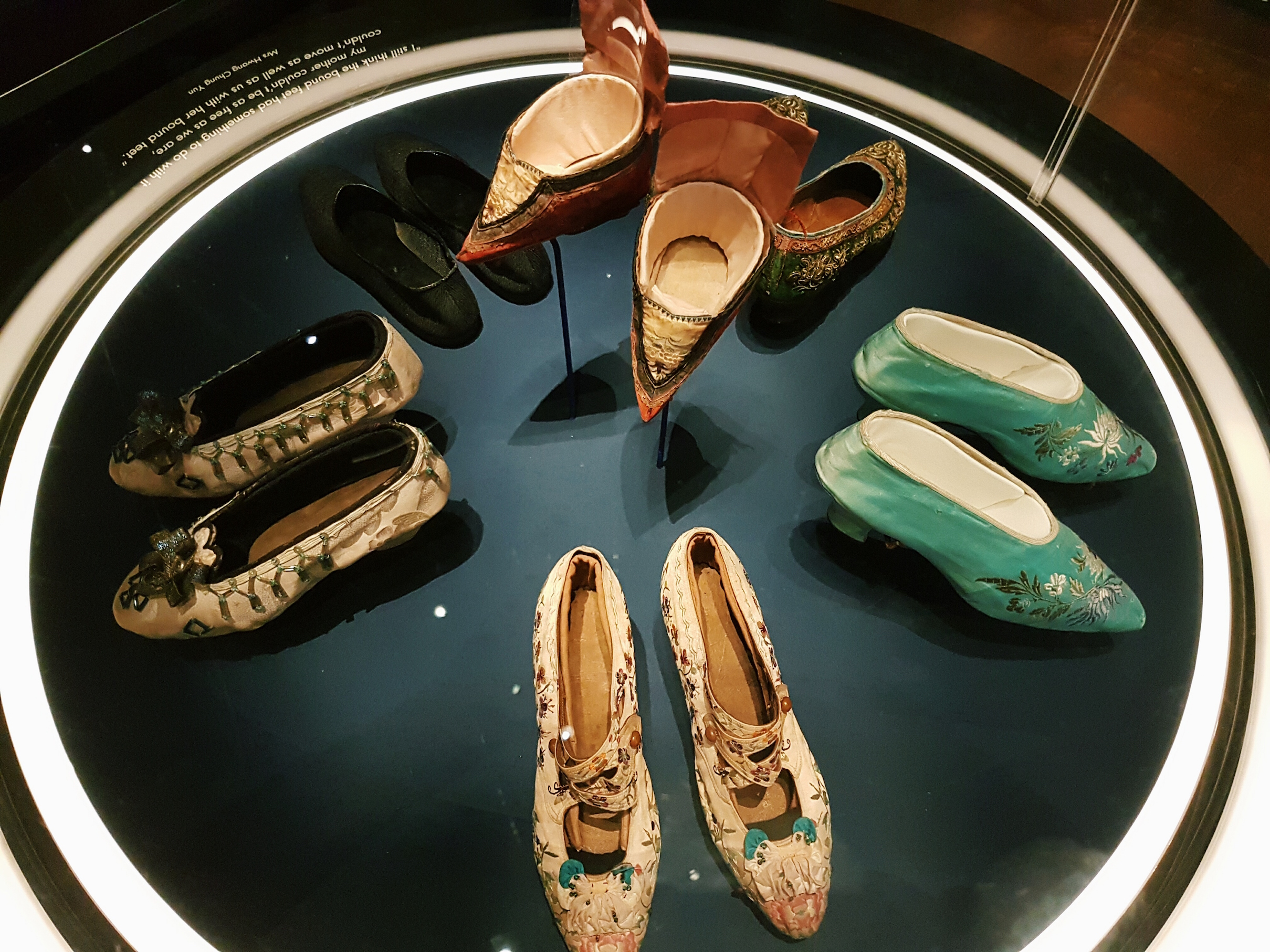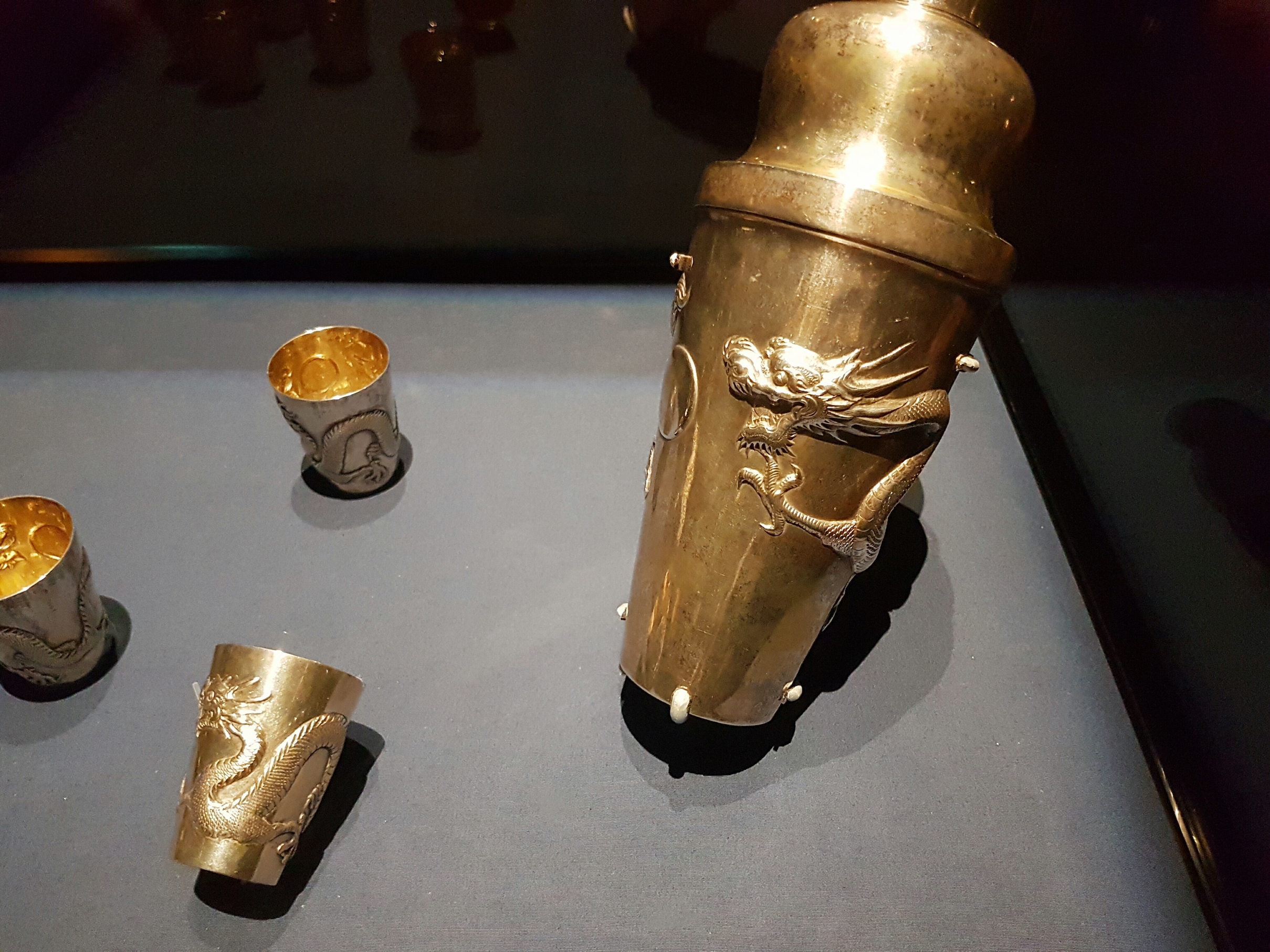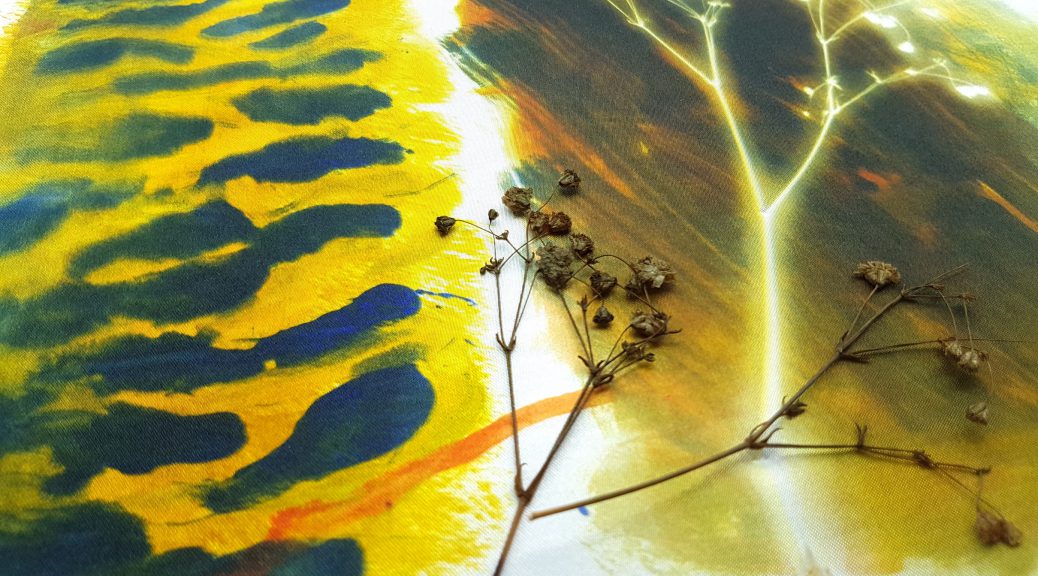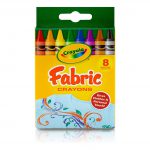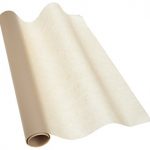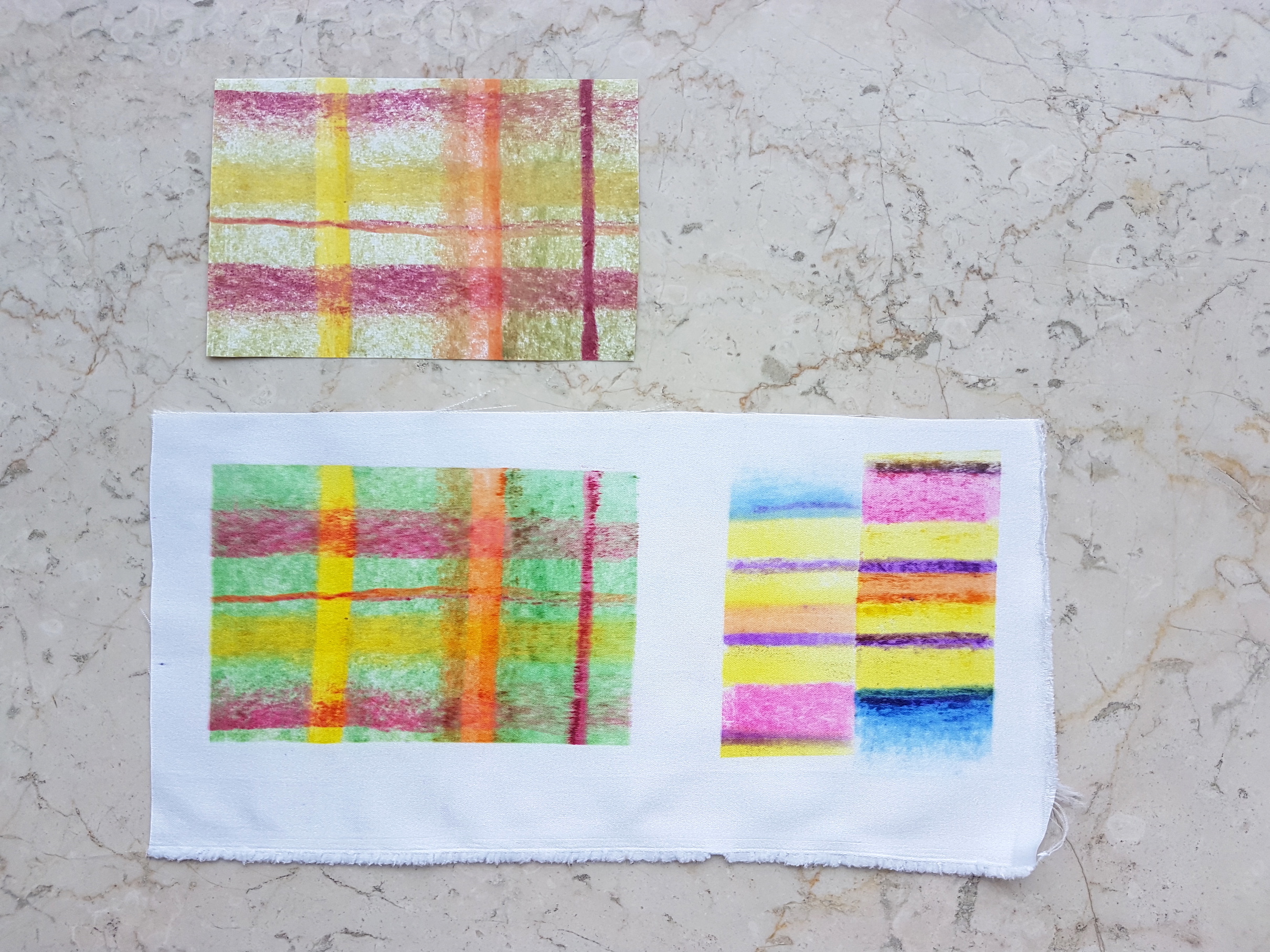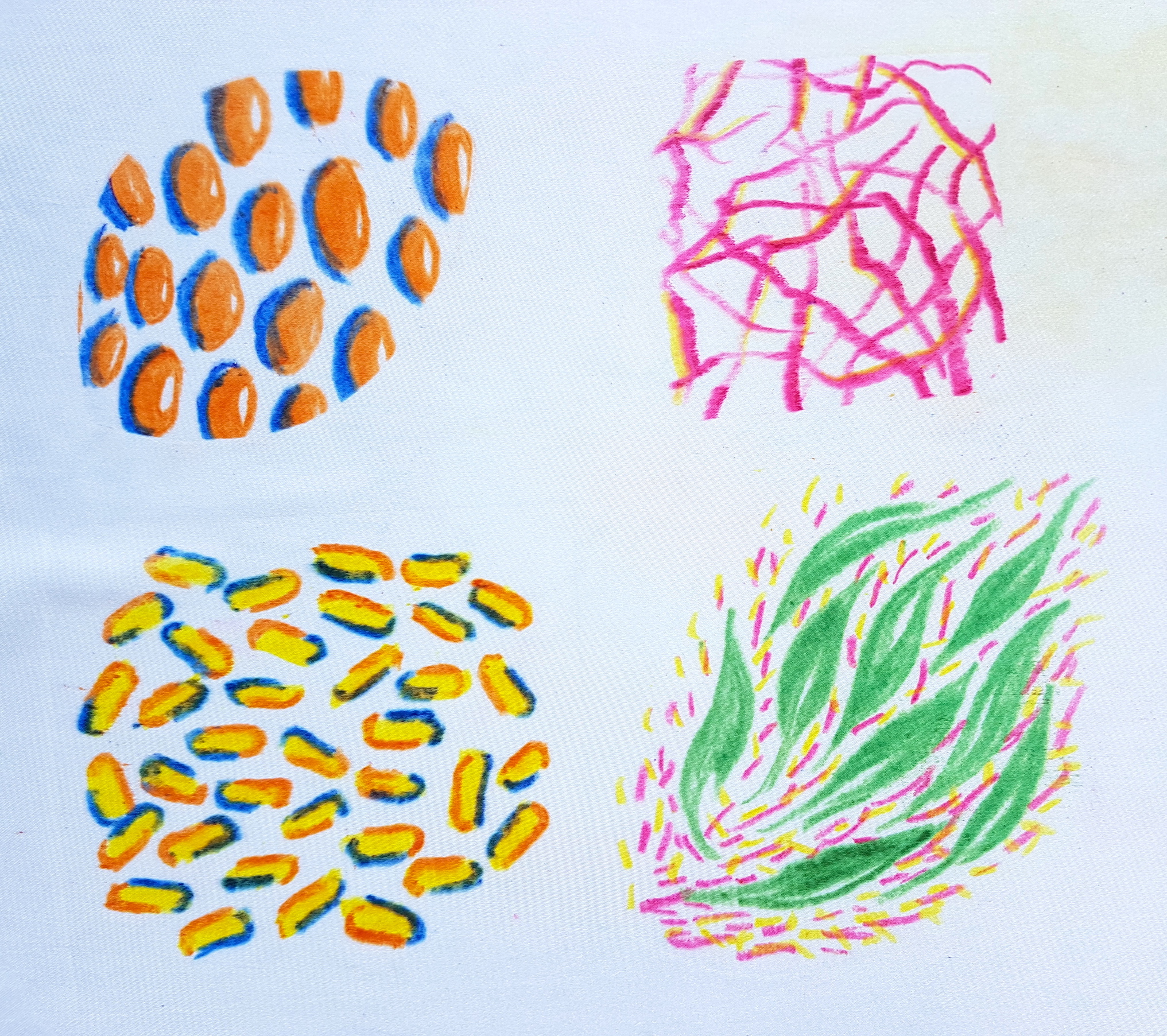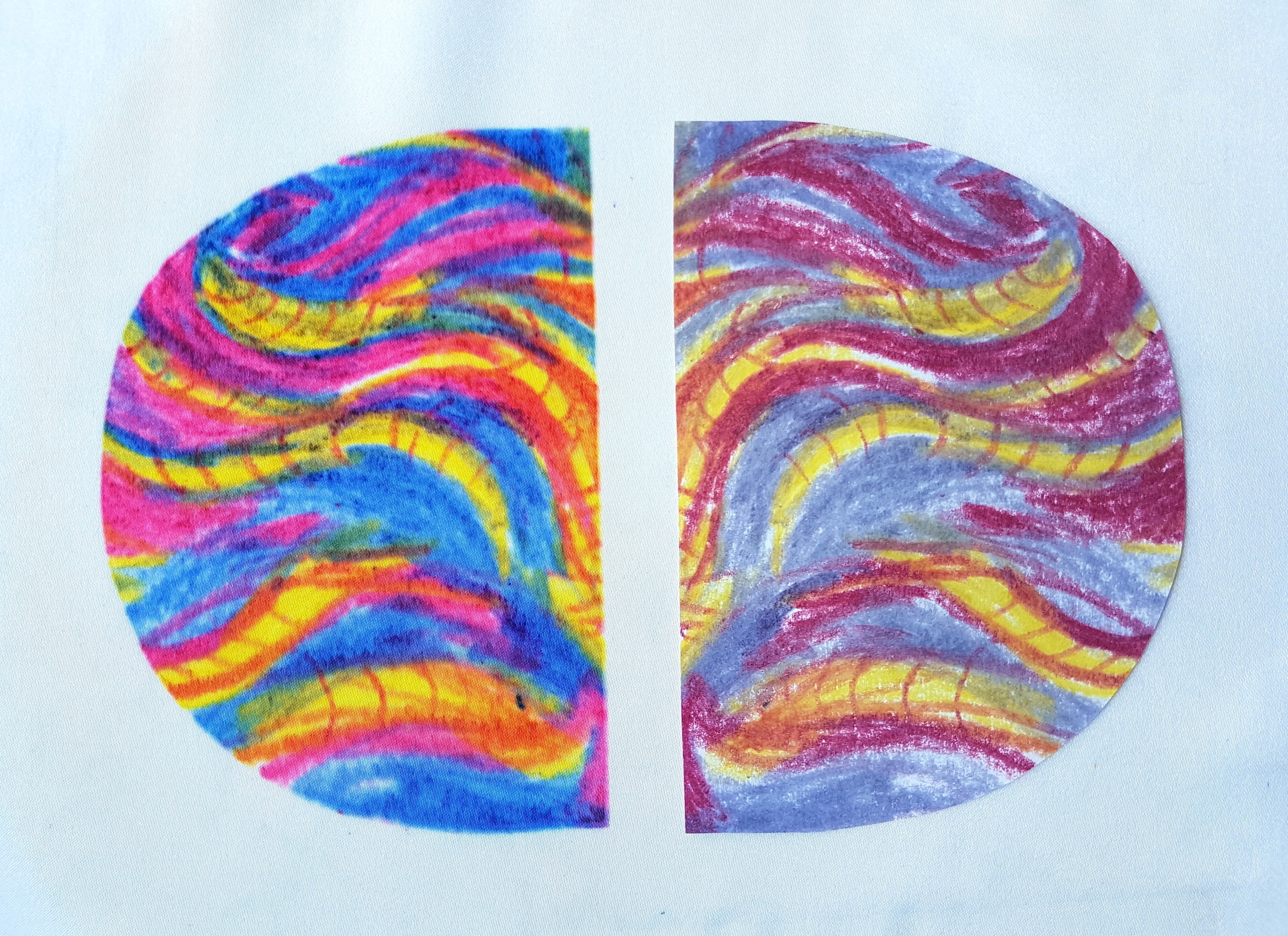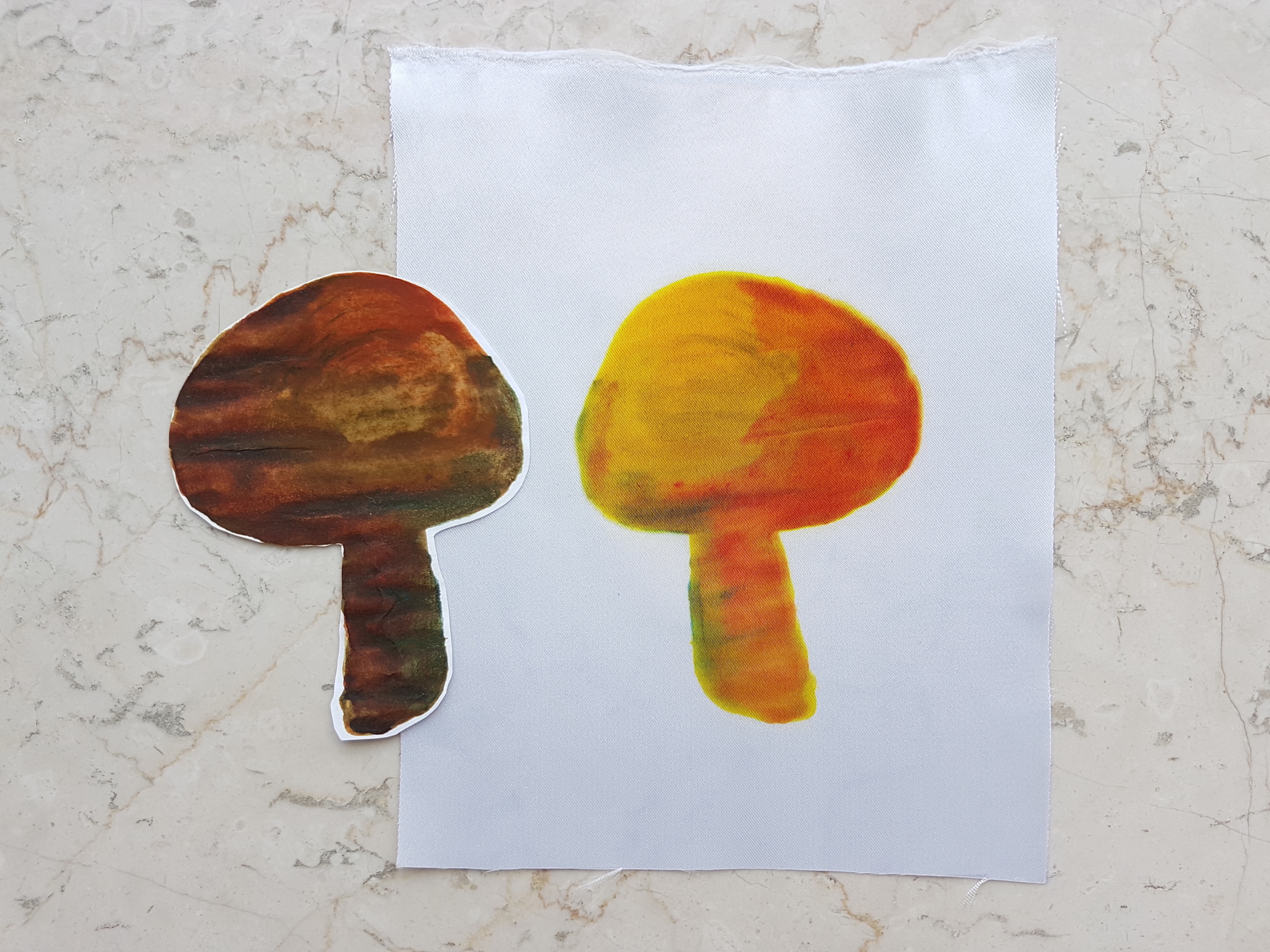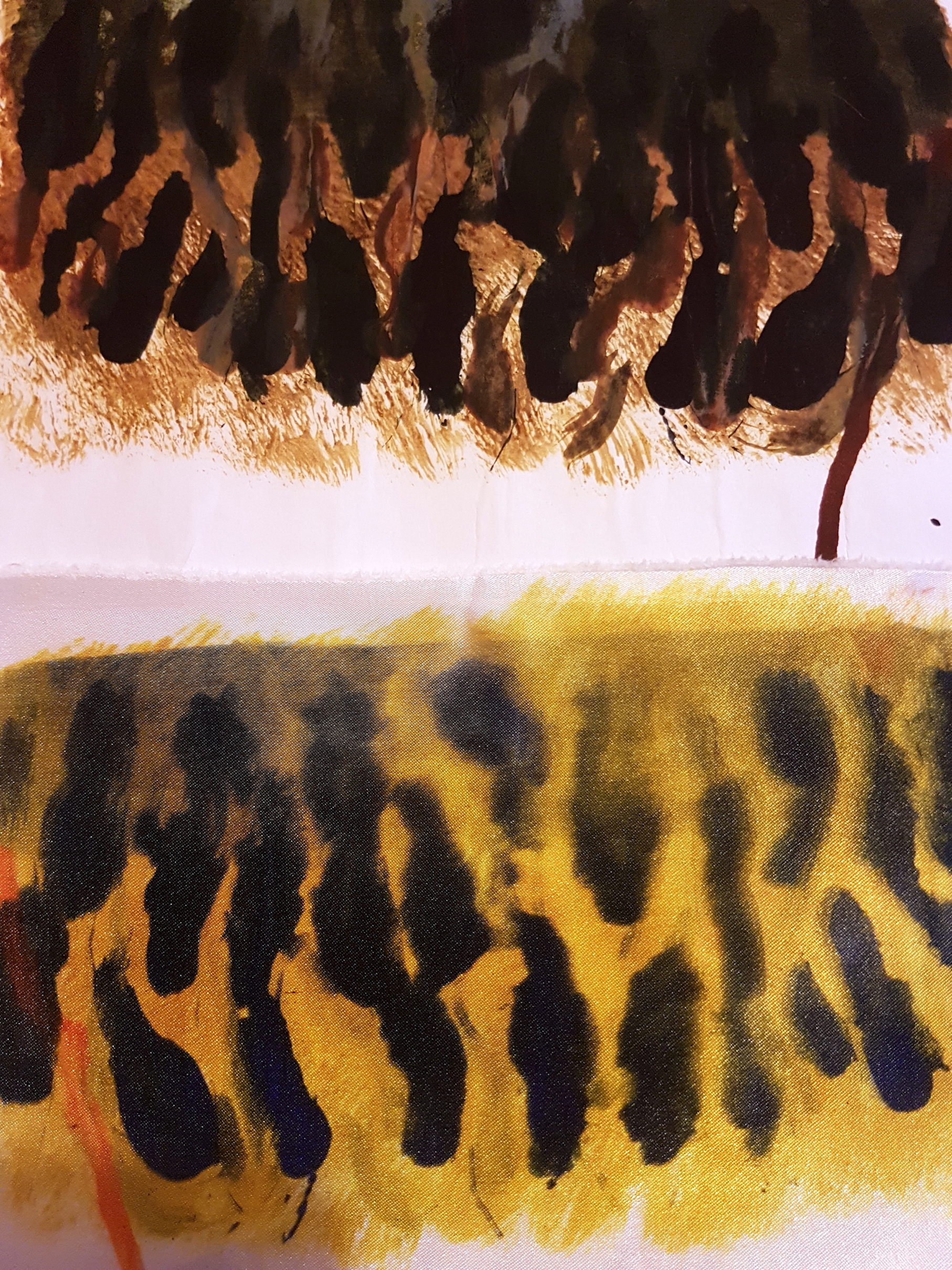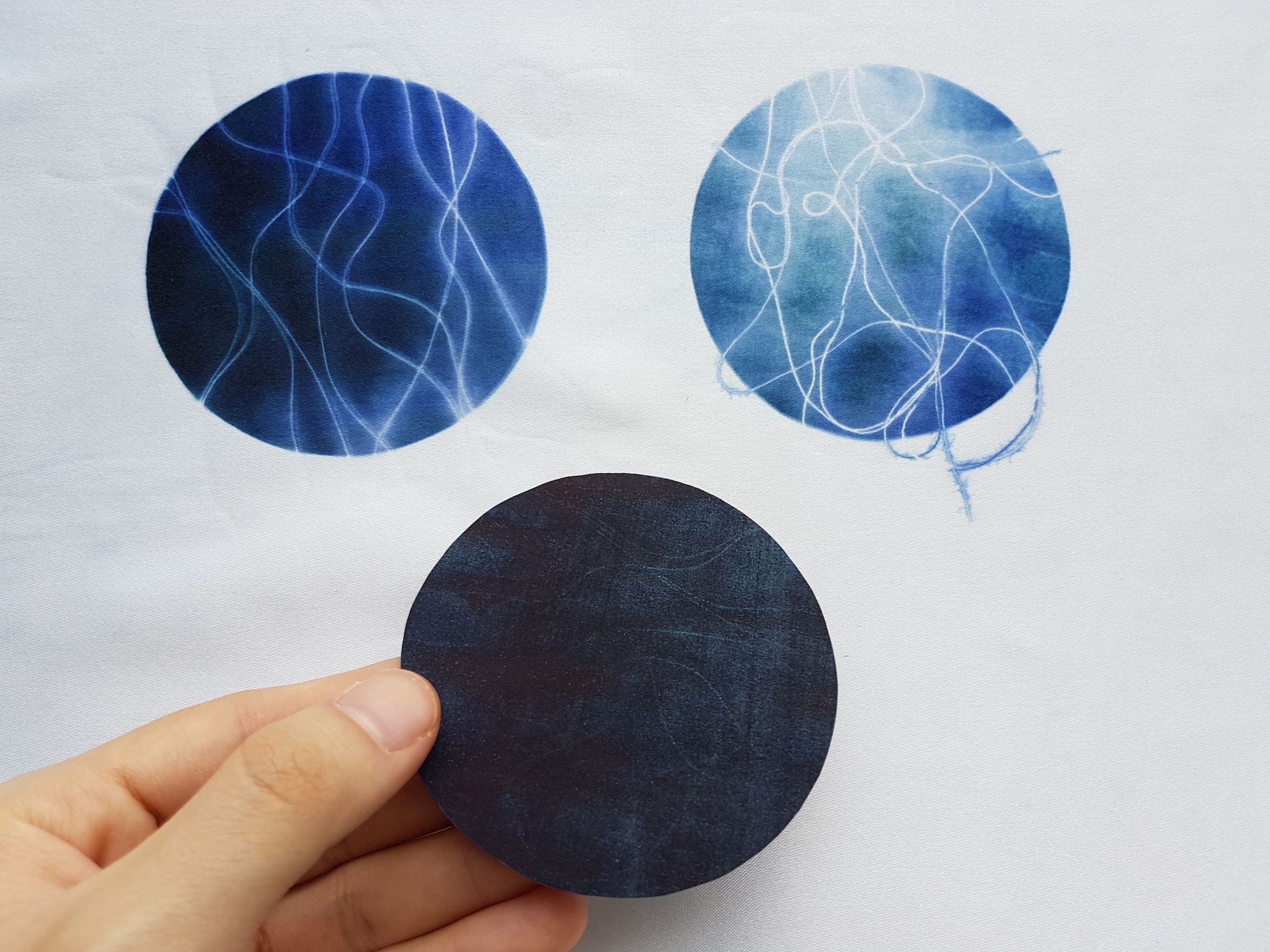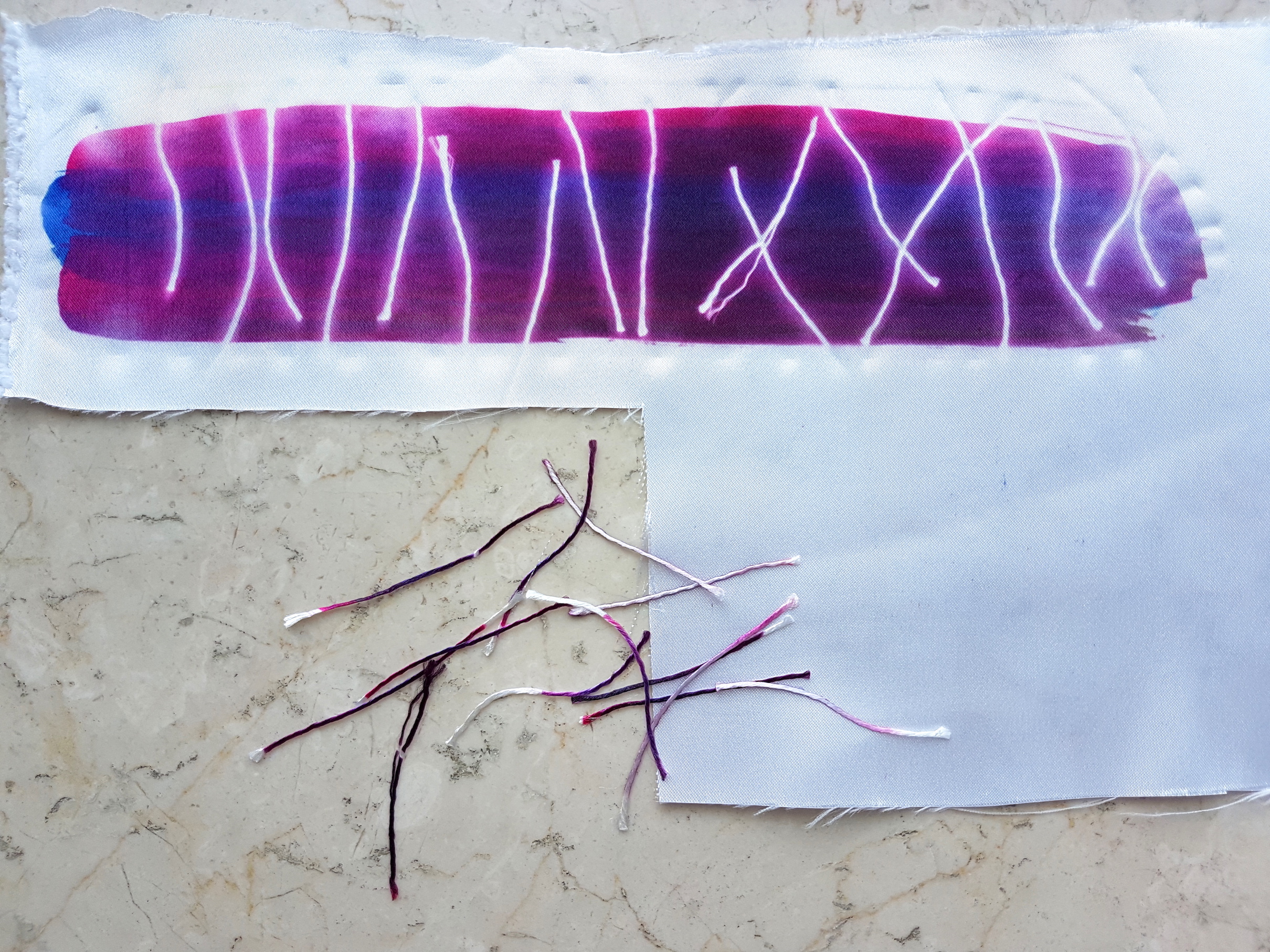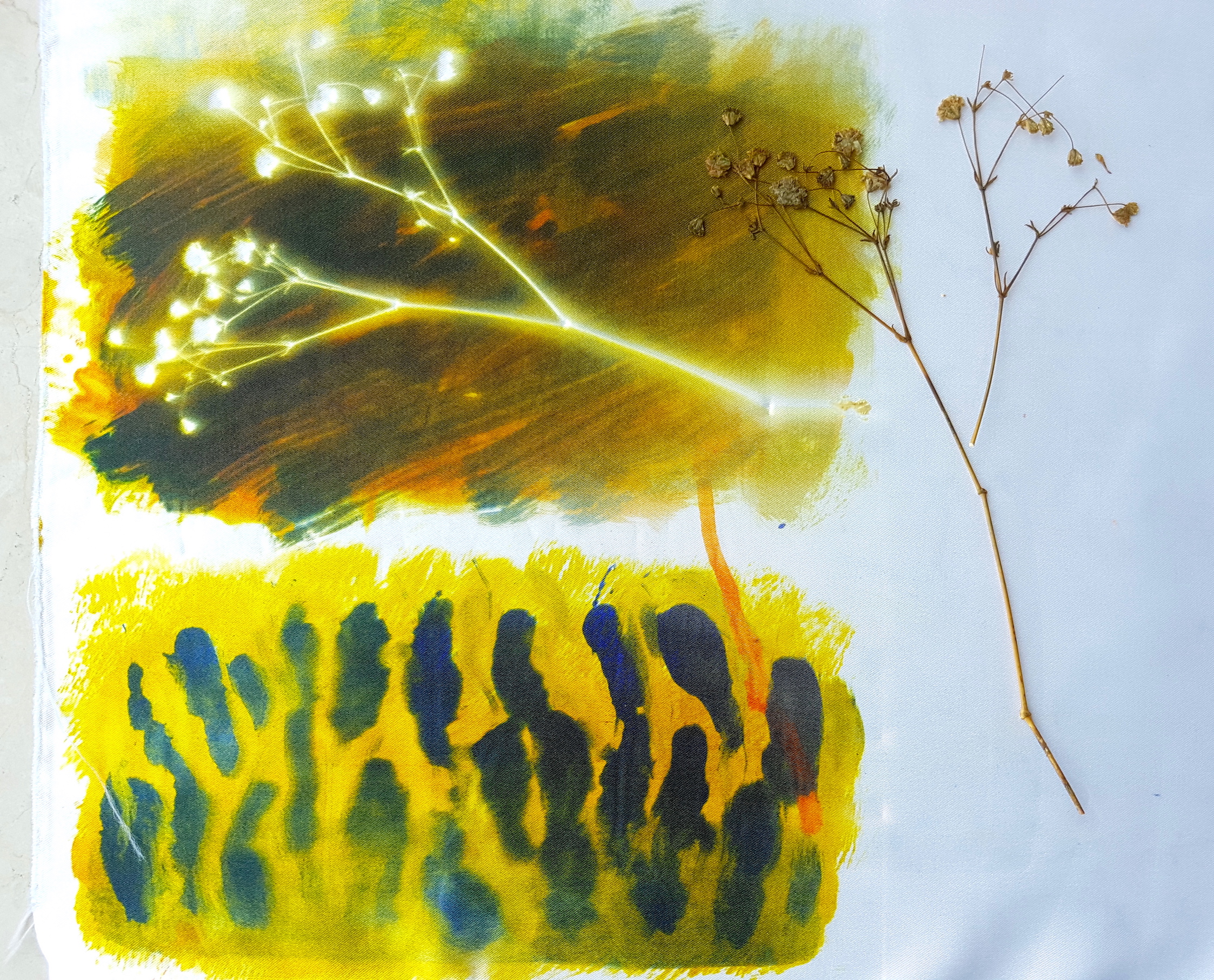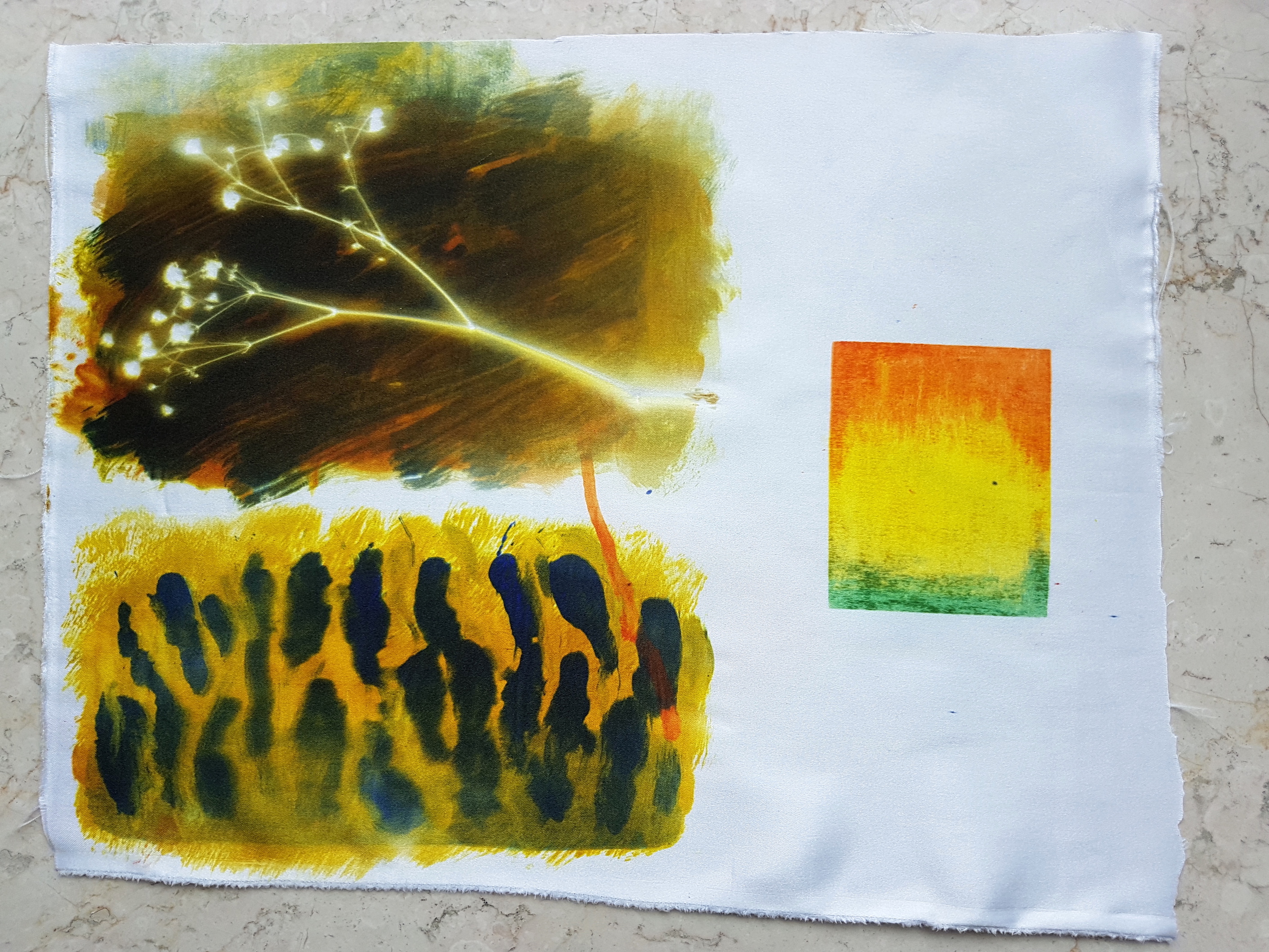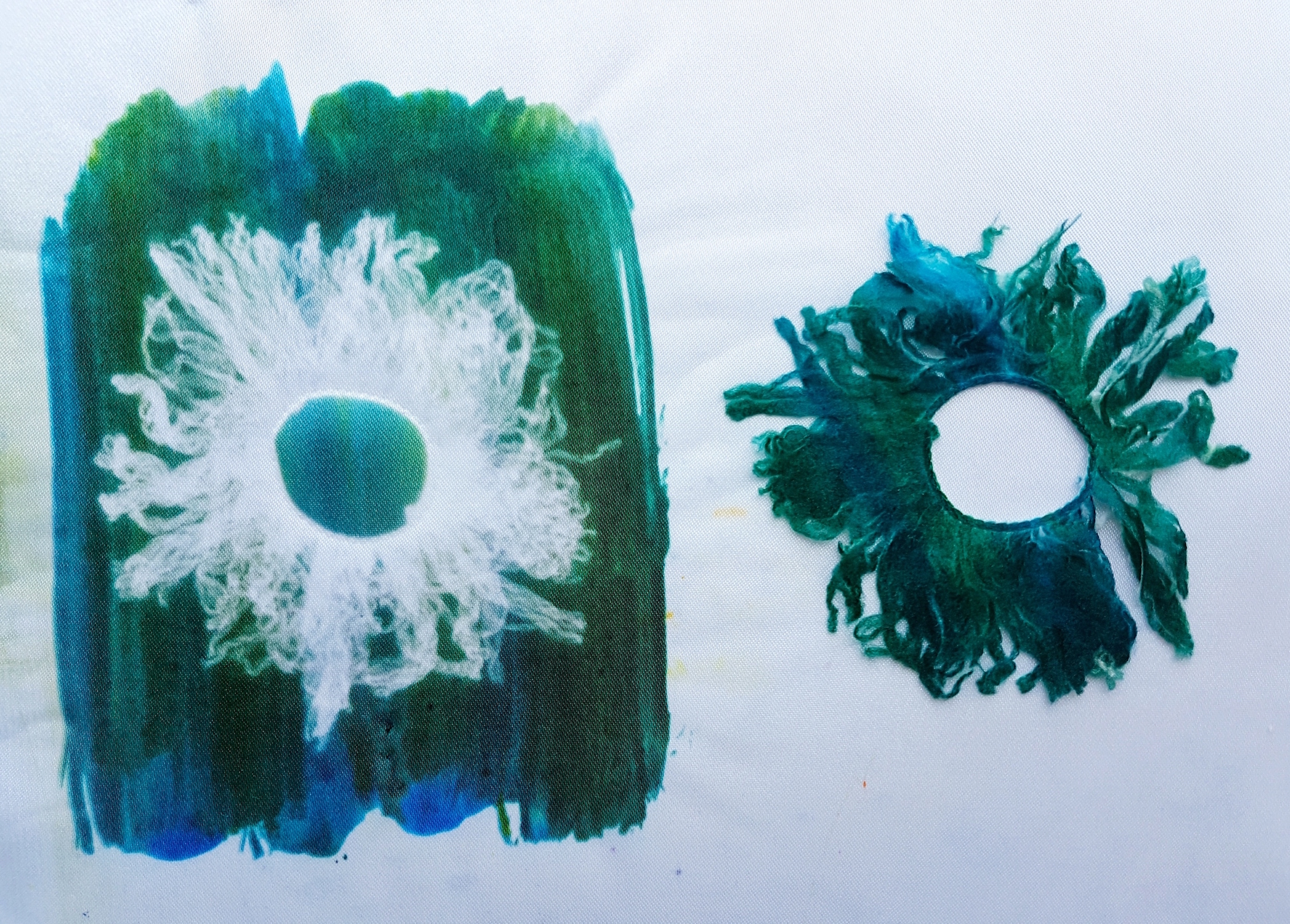Smocking
Materials: Fabric of choice (heavy or sheer, plain or patterned), thread, needles, patterns, beads (optional to decorate the darts).
Steps outline
- Start by drawing a grid and transferring the patterns onto the fabric. Varying the size of the grids will vary the effect.
- Following the lines, stitch the intersections of the grid together in the same spot to gather the fabric
- Secure it with a knot
- Repeat for a few rows and the pattern will start to show!
Here is my first smocking sample using a heavy mixed grey felt. Using a stiffer fabric creates a more structured sample; the result feels closer to an object than fabric as it curves to create a new form.


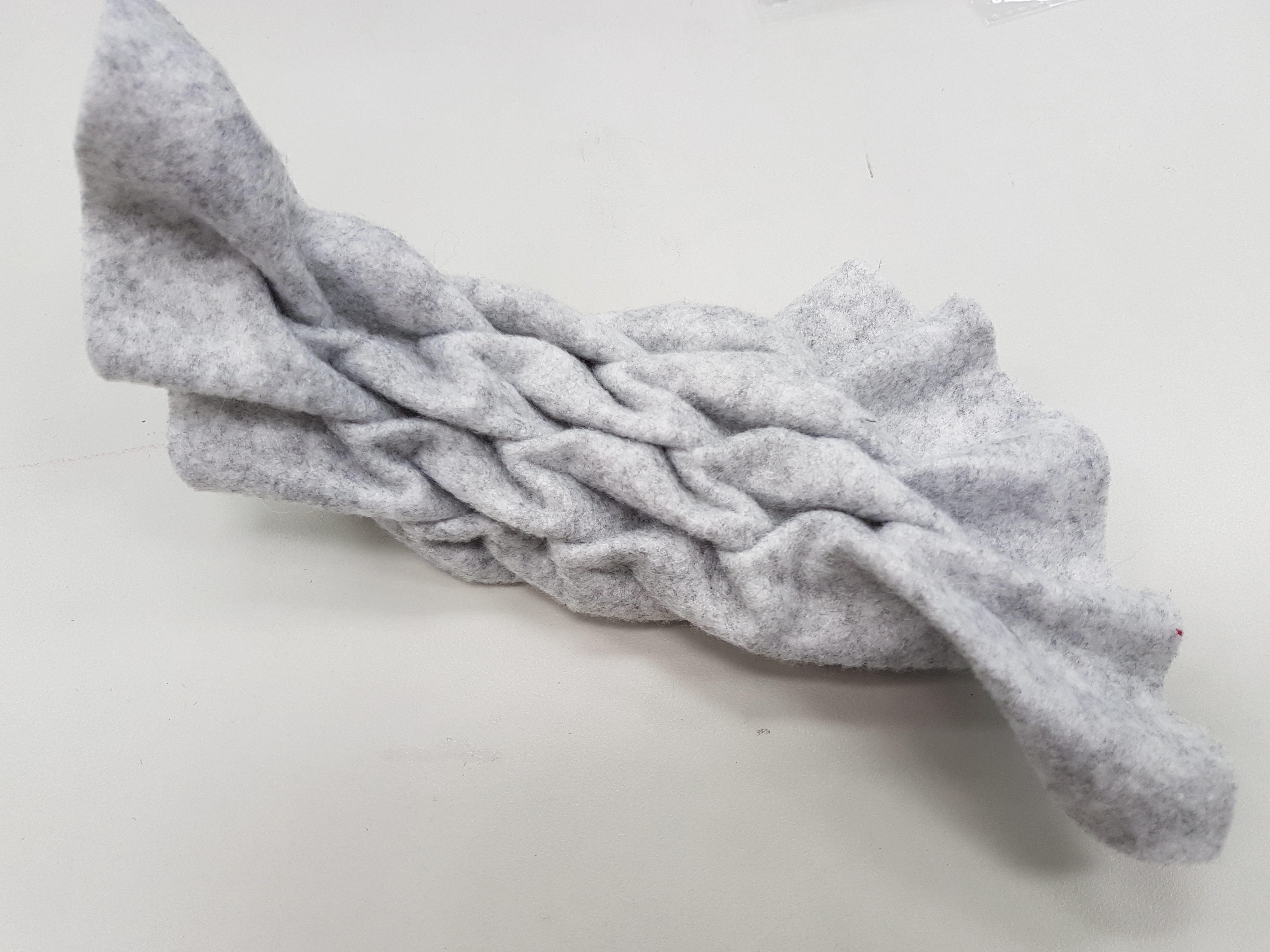

I really like the smocking technique as it can create very intricate and textured results using simple hand-stitching. Different weights and textures of fabric creates varying results. I’ve seen these effects in bags, cushion covers and other decorated items but never knew it was this simple to create!
Next, I tried applying this smocking technique onto a thinner fabric (it’s a scrap piece of fabric from an old dress).
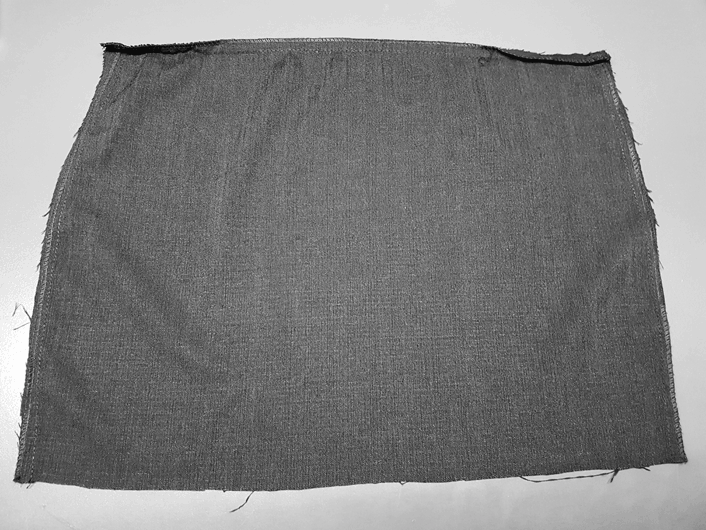
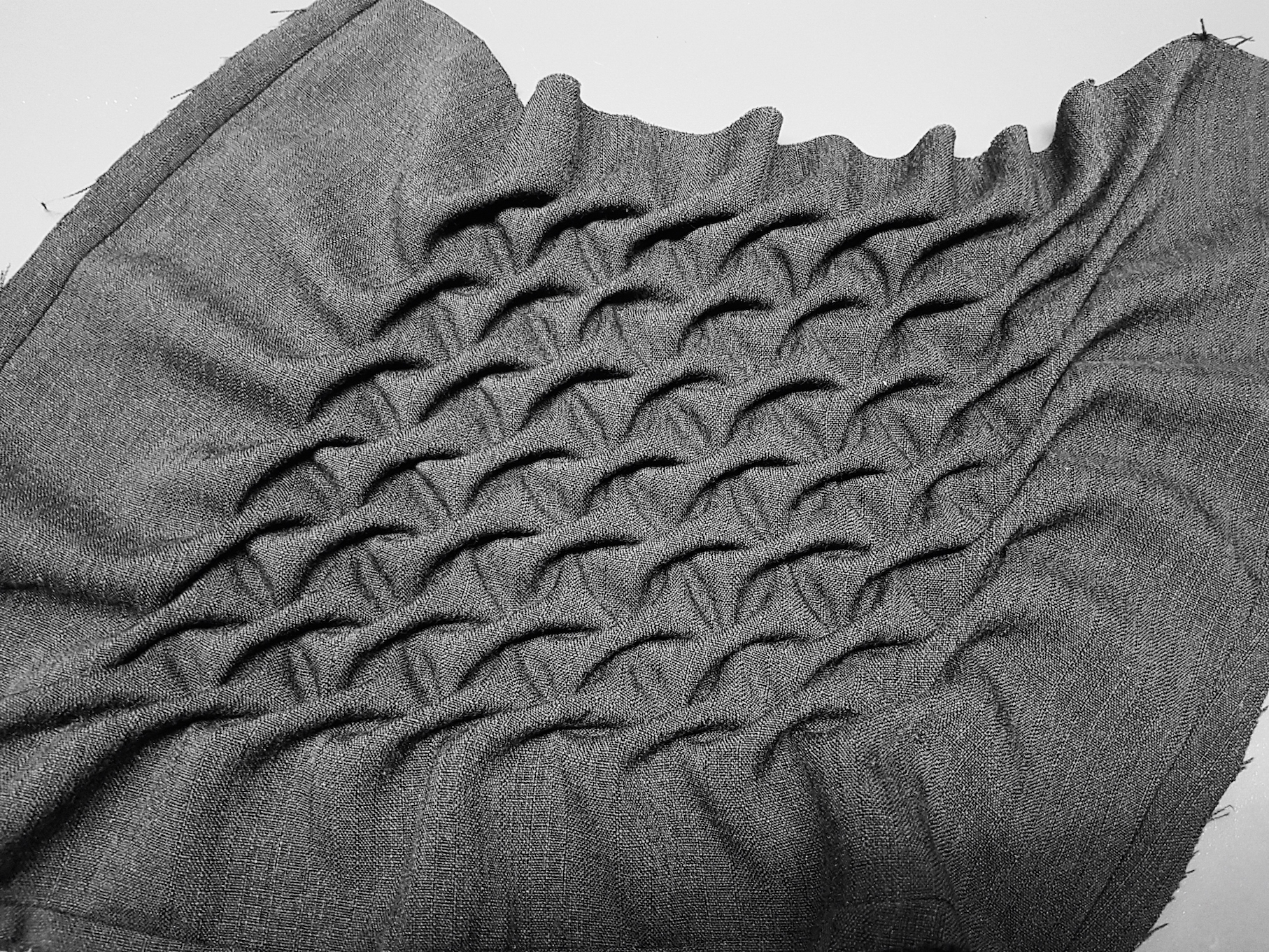
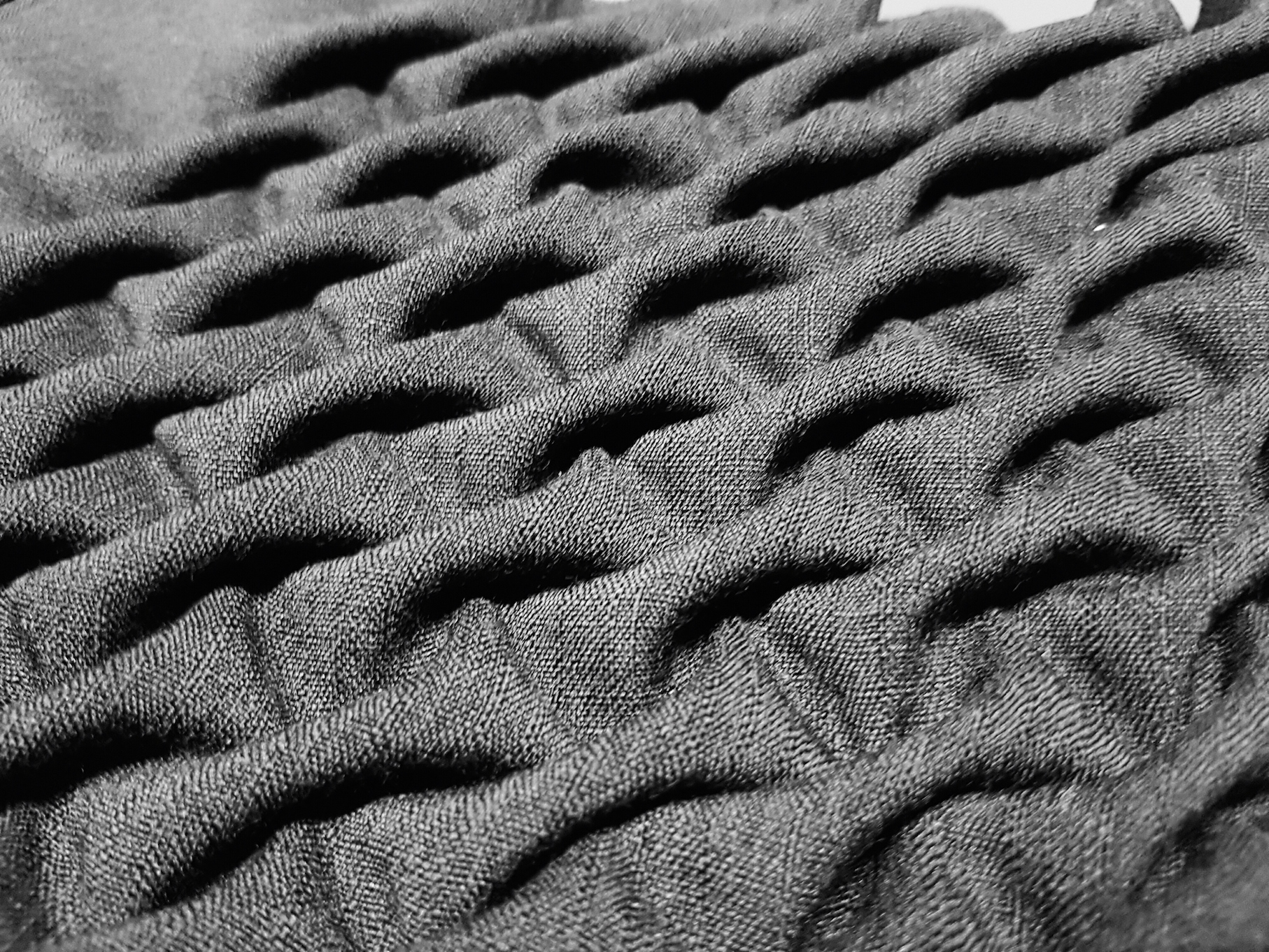
When completed, I was curious to see the effect of colour additions on smocking. So I lightly spray painted this black fabric sample to give it a metallic finish and accentuate the ‘bone’ structure and form. The additional gold colour creates more depth in the smocking.
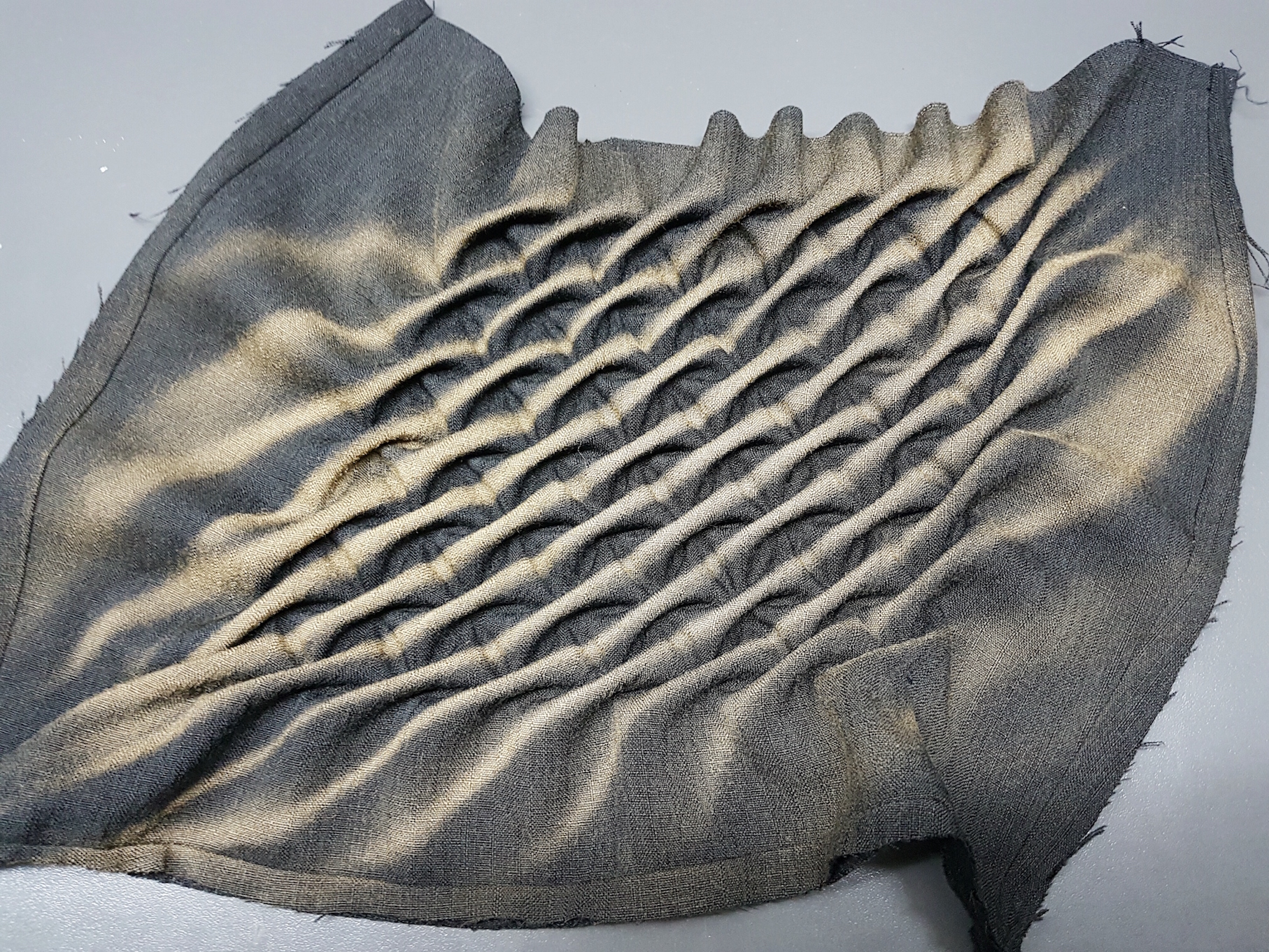
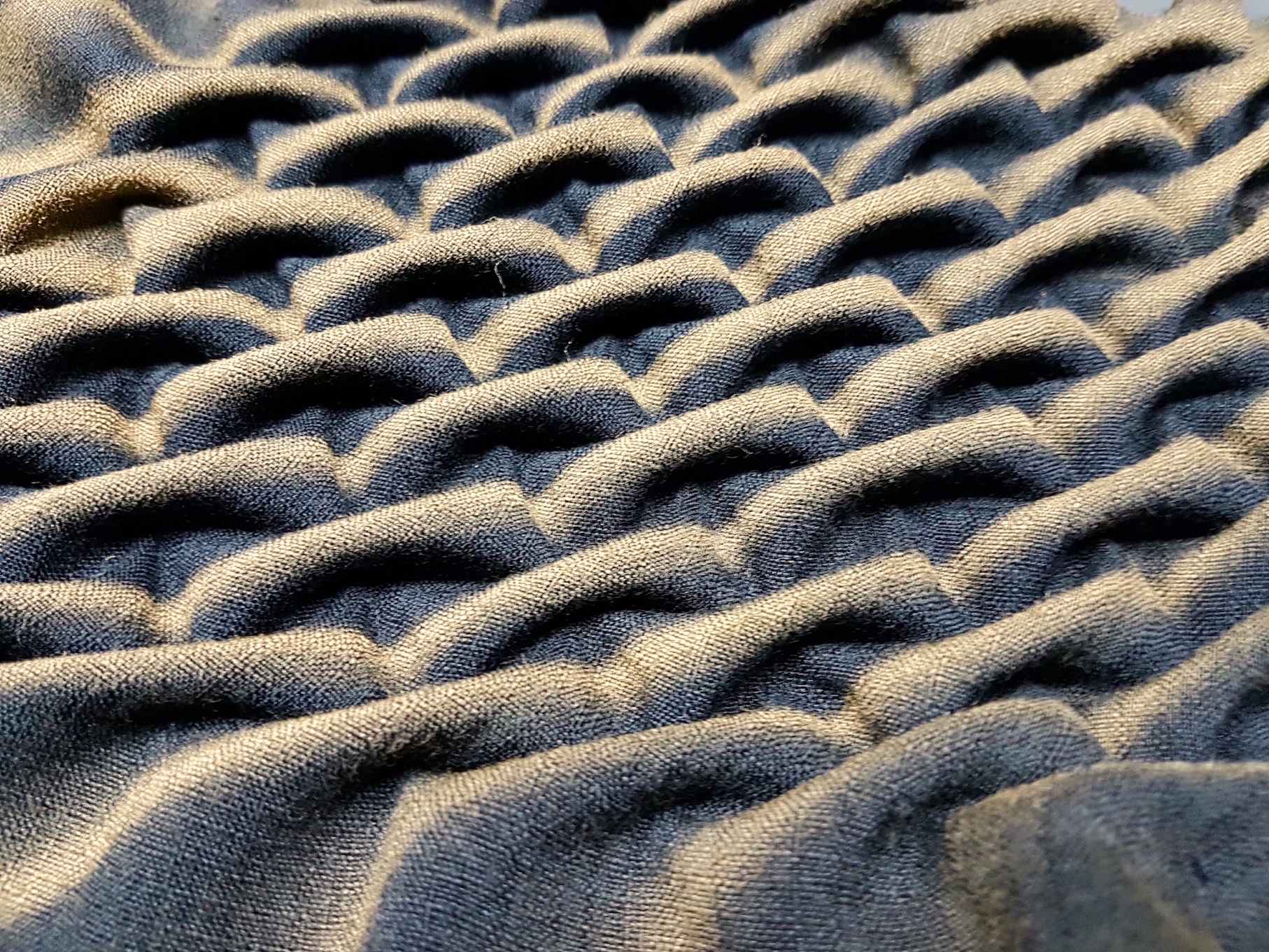
More samples and experimentation to come 🙂
Sewing with elastic thread
Materials needed: lightweight/sheer fabric, lace, sewing machine, elastic thread
Work in progress! To be updated 🙂




